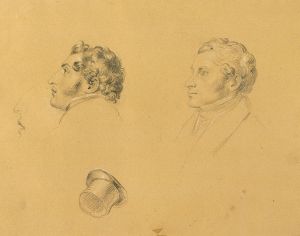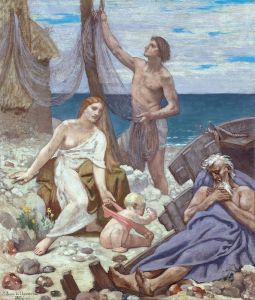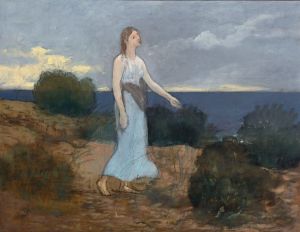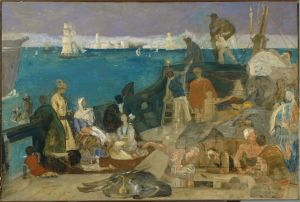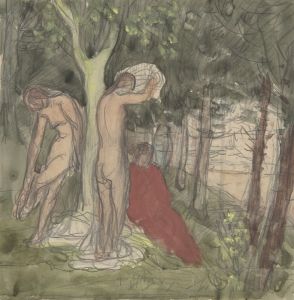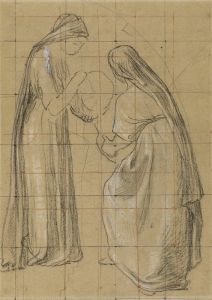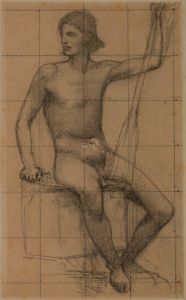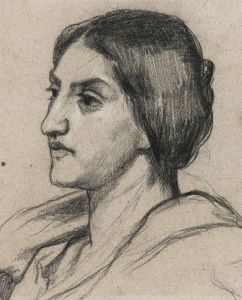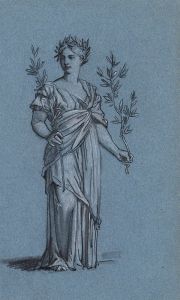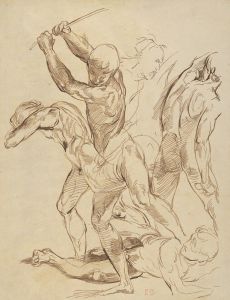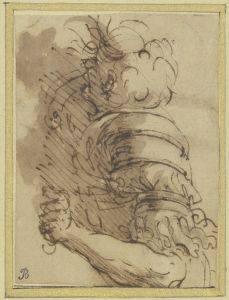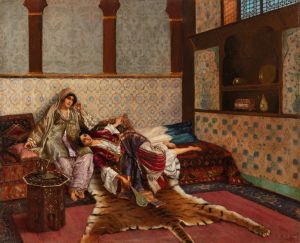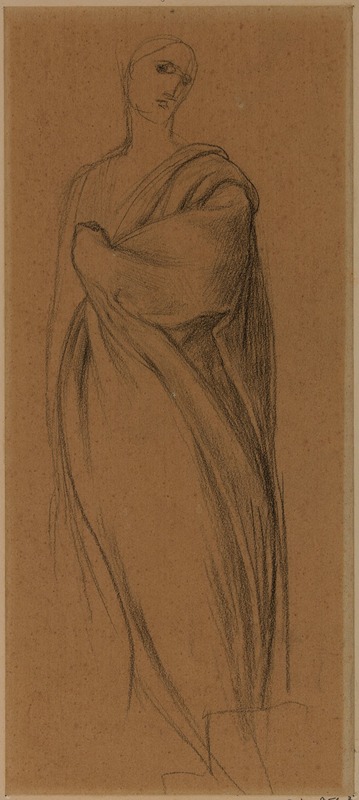
Femme drapée, debout, de face
A hand-painted replica of Pierre Puvis de Chavannes’s masterpiece Femme drapée, debout, de face, meticulously crafted by professional artists to capture the true essence of the original. Each piece is created with museum-quality canvas and rare mineral pigments, carefully painted by experienced artists with delicate brushstrokes and rich, layered colors to perfectly recreate the texture of the original artwork. Unlike machine-printed reproductions, this hand-painted version brings the painting to life, infused with the artist’s emotions and skill in every stroke. Whether for personal collection or home decoration, it instantly elevates the artistic atmosphere of any space.
"Femme drapée, debout, de face" is a painting by the French artist Pierre Puvis de Chavannes. Puvis de Chavannes, born on December 14, 1824, in Lyon, France, is renowned for his mural paintings and is considered one of the most influential French painters of the 19th century. His work is characterized by its classical style and often idealized, allegorical subjects.
The title "Femme drapée, debout, de face" translates to "Draped Woman, Standing, Facing Forward" in English. This painting depicts a woman standing upright, facing the viewer directly. She is draped in classical attire, which is a common theme in Puvis de Chavannes' work, reflecting his admiration for classical antiquity and his desire to evoke timeless, universal themes.
Puvis de Chavannes' style is marked by its simplicity and clarity, often using muted colors and smooth, flat surfaces to create a sense of calm and serenity. This approach can be seen in "Femme drapée, debout, de face," where the figure's drapery is rendered with soft, flowing lines that emphasize the grace and dignity of the subject. The background is typically understated, allowing the figure to dominate the composition and draw the viewer's attention.
Puvis de Chavannes was a key figure in the Symbolist movement, which sought to express ideas and emotions through symbolic imagery rather than direct representation. His work often conveys a sense of idealism and contemplation, inviting viewers to reflect on the deeper meanings behind the imagery. "Femme drapée, debout, de face" exemplifies this approach, with its serene and timeless quality encouraging contemplation and introspection.
Throughout his career, Puvis de Chavannes received numerous commissions for public buildings, including the Panthéon and the Sorbonne in Paris. His murals and paintings were highly regarded for their ability to harmonize with architectural spaces and convey profound, often allegorical messages. While "Femme drapée, debout, de face" is a smaller, more intimate work compared to his large-scale murals, it nonetheless reflects his mastery of composition and his ability to convey a sense of timeless beauty.
Puvis de Chavannes' influence extended beyond his lifetime, impacting a generation of artists who admired his ability to blend classical themes with modern sensibilities. His work was particularly influential on the Nabis, a group of Post-Impressionist avant-garde artists who sought to synthesize art and life through their innovative use of color and form.
In summary, "Femme drapée, debout, de face" is a notable example of Pierre Puvis de Chavannes' work, showcasing his classical style, symbolic approach, and ability to create serene, contemplative compositions. The painting reflects his broader artistic goals of evoking timeless, universal themes through the depiction of idealized figures and harmonious compositions.





